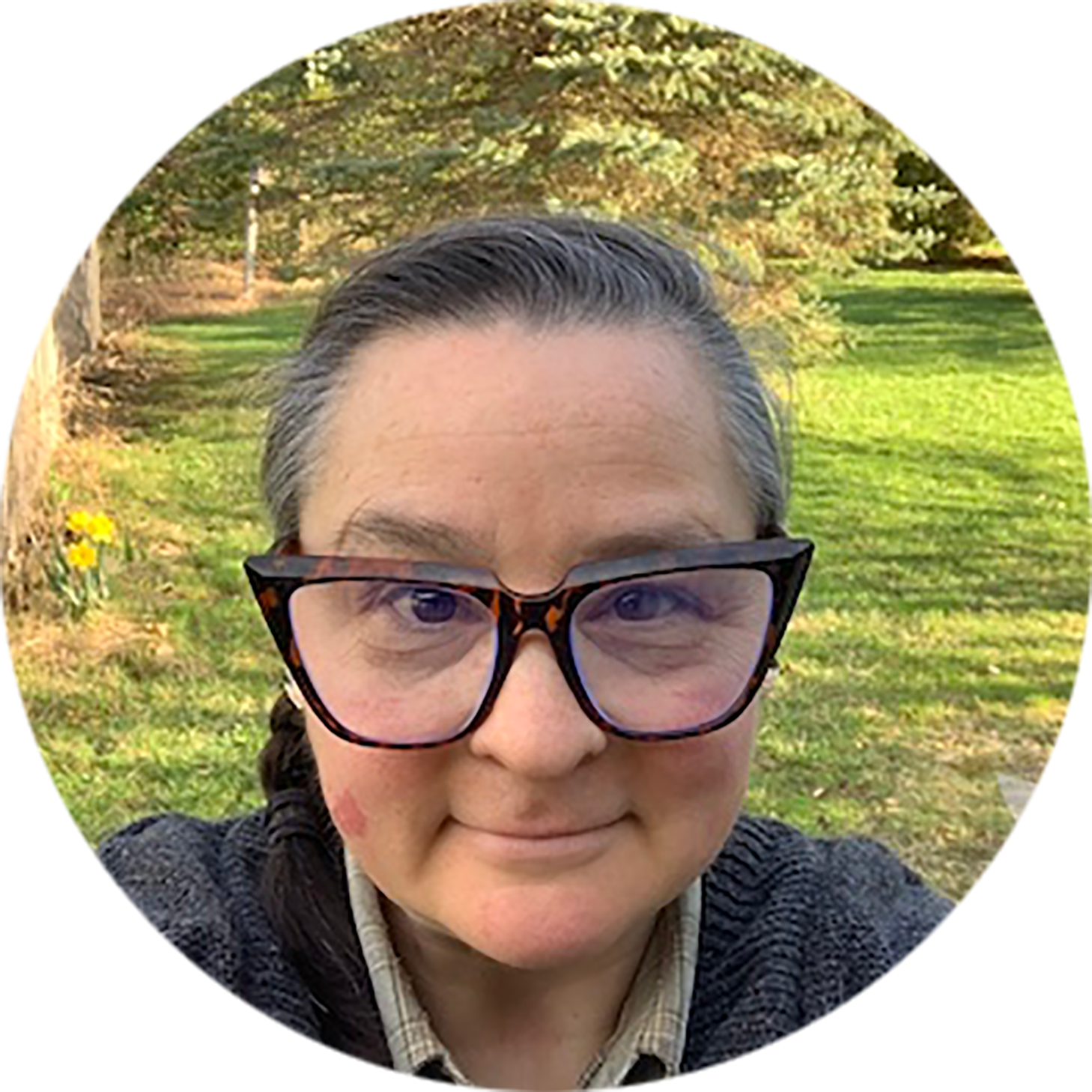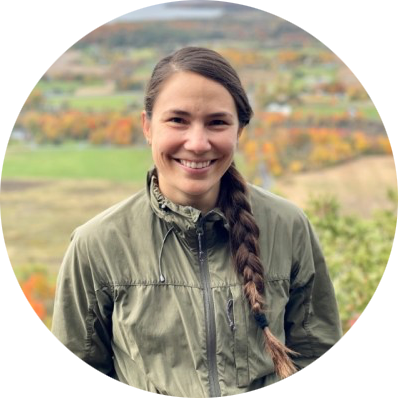Why is this research important?
Attitudes about accessibility shape what we spend money on.
As the organizations that manage Vermont's natural outdoor spaces think about accessibility, we need to know specifically how to make them accessible. We need to know what's important to the people who visit -- or want to visit -- those spaces. But the more people tell those organizations about accessibility being Extremely Important, the more accessibility will be prioritized.
And without studies like these, organizations might guess about how to make spaces more accessible -- and they might guess wrong.
People with disabilities must be part of all conversations on accessibility.
It's one thing to look at numbers about accessibility, but it's quite different to read or hear about people with disabilities describing their lived experiences.
This is why it's important to ask questions about the demographics -- age, gender, ability -- so that we know people with disabilities are being included in collecting this sort of data.
Remember: nothing about us, without us.




